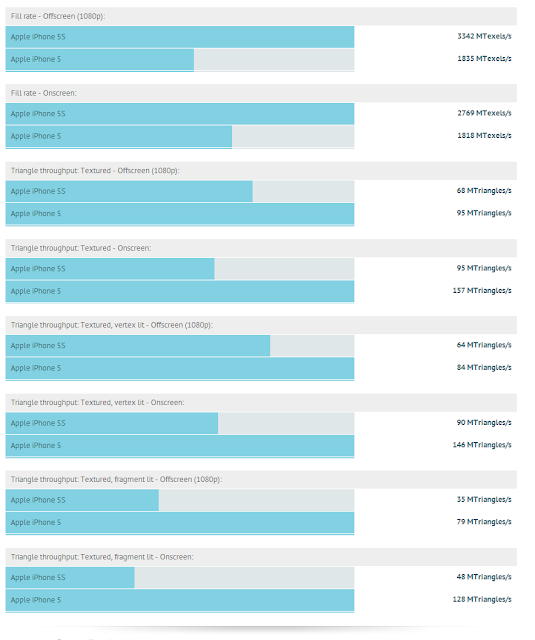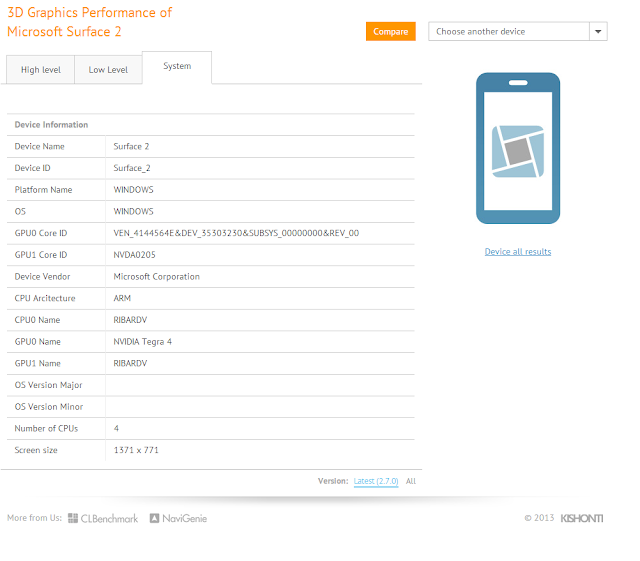The first generation of Surface tablets didn't sell nearly as well as Microsoft expected, so now Microsoft is trying to save its tablet platform with a new line of Surface tablets. The new Surface Pro 2 tablet brings an Intel Haswell Core i5 CPU, better battery life, and various changes to the innovative keyboard covers. Here's hoping that these changes are enough to bring Microsoft into relevance in the tablet market.

The chassis of the Surface Pro 2 is almost identical to its predecessor, except for the built-in kickstand now supporting the tablet at two different angles, and an upgrade from a full-sized USB 2.0 port to USB 3.0. The kickstand's two angles make it much more convenient to use, and is an appreciable improvement.
Under the hood, the only improvement the Surface 2 Pro brings is a Haswell-based Intel Core-i5 CPU, which means a lot of processing power for a tablet. Haswell's power efficient architecture means the tablet can last much longer on a single charge. The Surface Pro 2 also keeps the Pro Pen digitizer used in its previous model.
The Surface Pro 2 will run on Windows 8.1, so unlike the Surface 2, which runs on Windows 8.1 RT, it can run any legacy Windows application and isn't limited to the somewhat empty Windows Store.
Last but not least, the new Surface tablets bring exciting new changes to their keyboard covers. There's the updated Touch Cover 2, which is now even thinner than last year's model, and has more accurate capacitive keys and has even backlit keys. There's also the Type Cover 2 (this one has physical keys), also lighter than its predecessor and also backlit. Finally, Microsoft is adding the Power Cover, which is like the Type Cover 2, but adds a secondary battery at the expense of extra thickness, giving the Surface tablets extra battery life.
The new Surface tablets are expected to be available during October. If you want a portable yet powerful and productive tablet, and you don't need to use any legacy Windows programs, the Surface 2 could suit you very well. It'll sell for $449 for the 32 GB version (although there'll be only about 16 GB of user-available storage) or $549 for 64 GB, without the keyboard included. If, however, you have (many) extra bucks to spend, and are willing to sacrifice thinness for more powerful internals and access to any legacy Windows app, go with the Surface Pro, which sells for $899 for 64 GB of storage and goes all the way to $1,799 for 512 GB storage, keyboard covers not included. In any case, the keyboard covers work for both tablets, and the Touch Cover 2 sells for $120, the Type Cover 2, for $130, and the Power Cover still has no pricing and will only be available next year.











